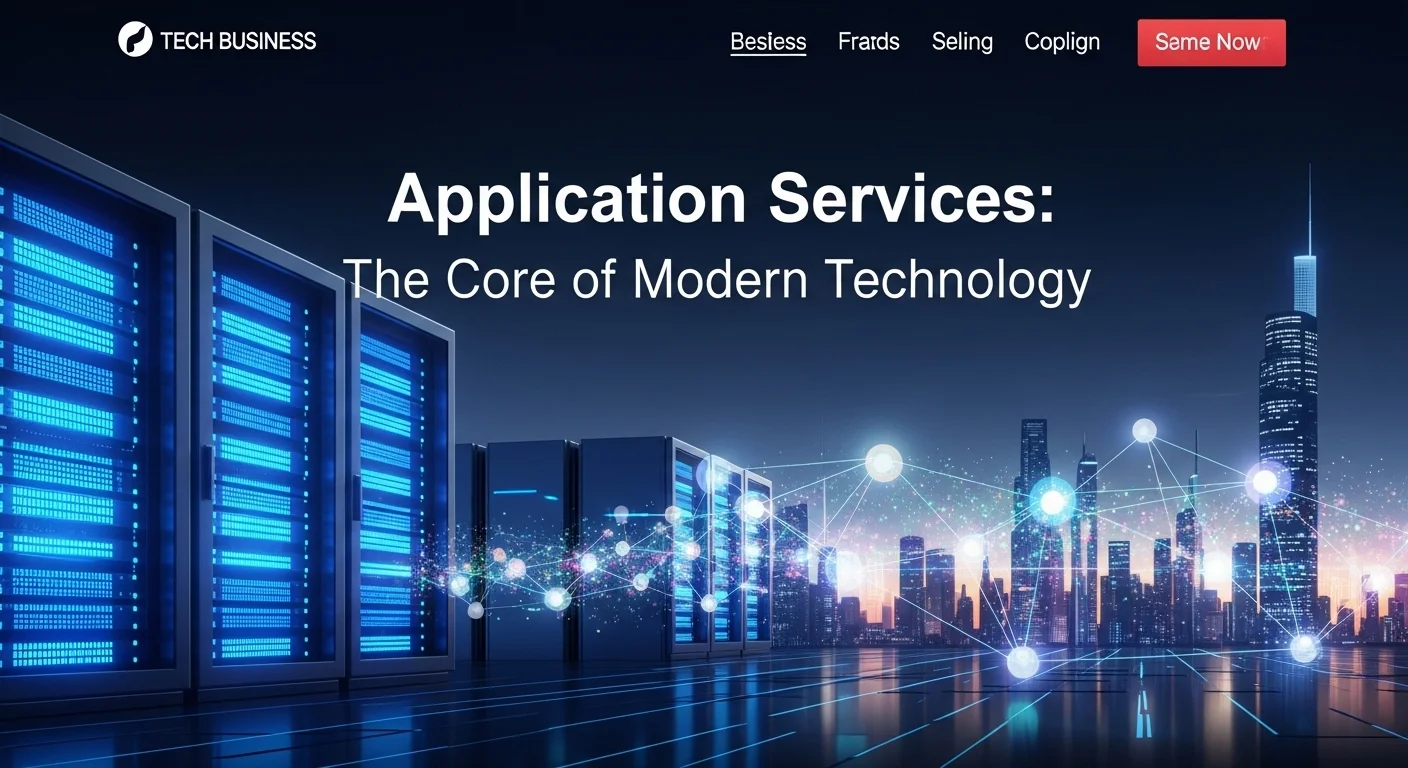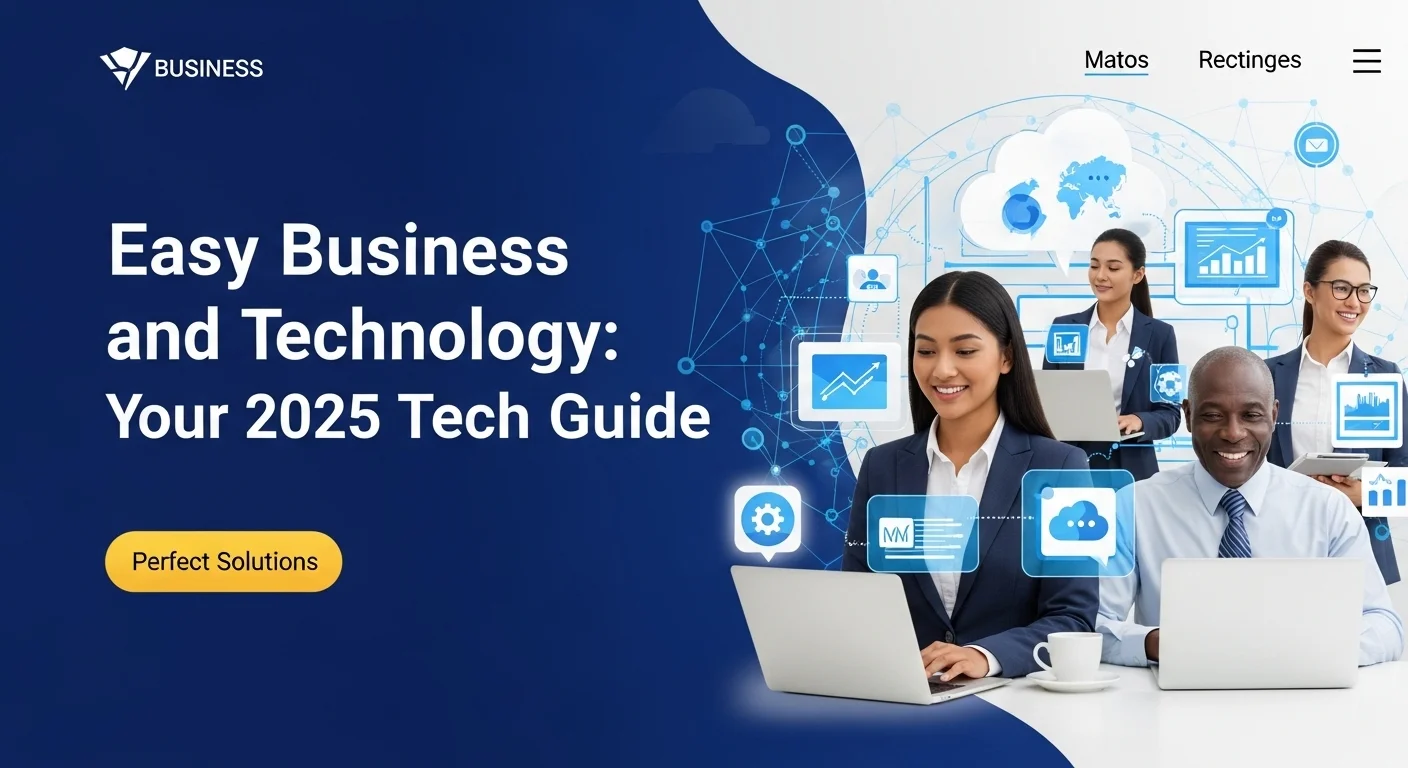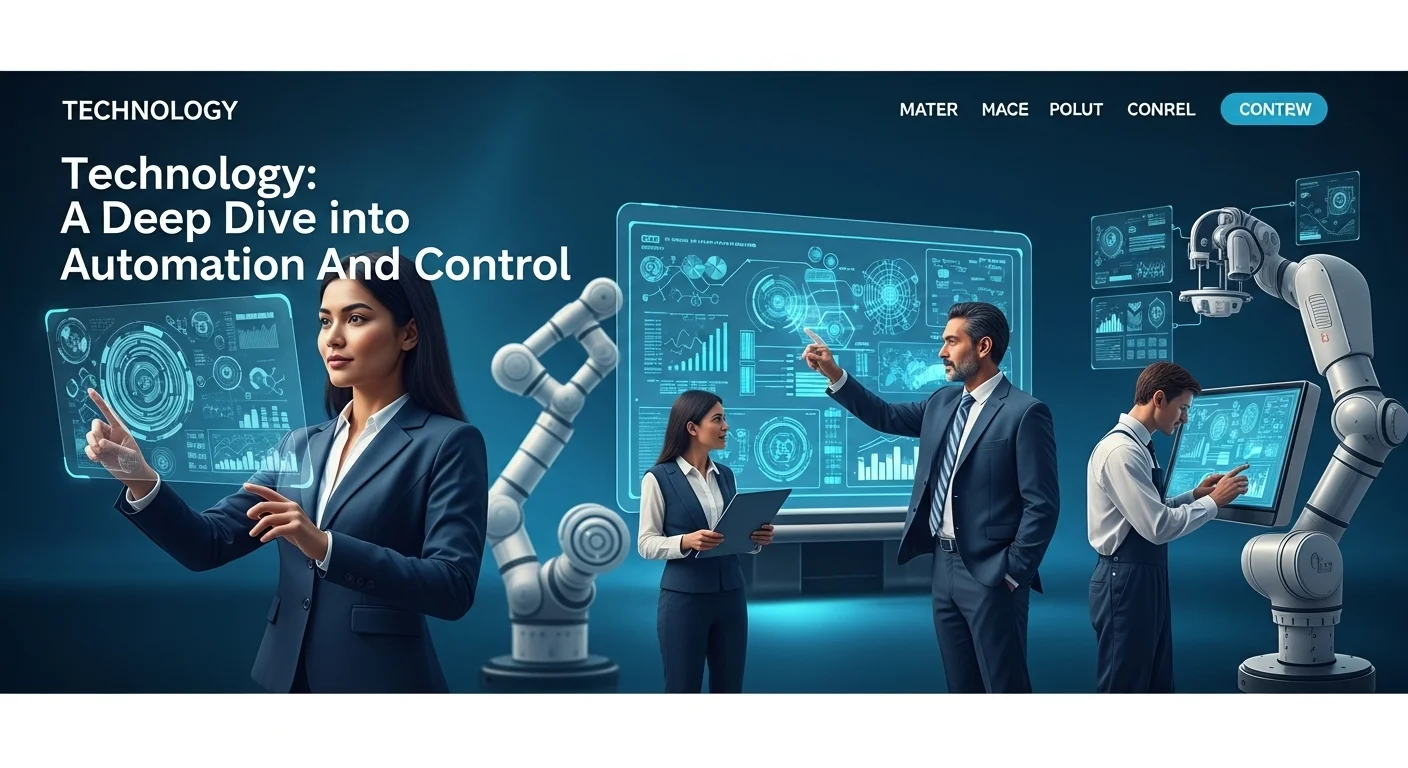What Server Is Best for Your Business? An Expert's Guide
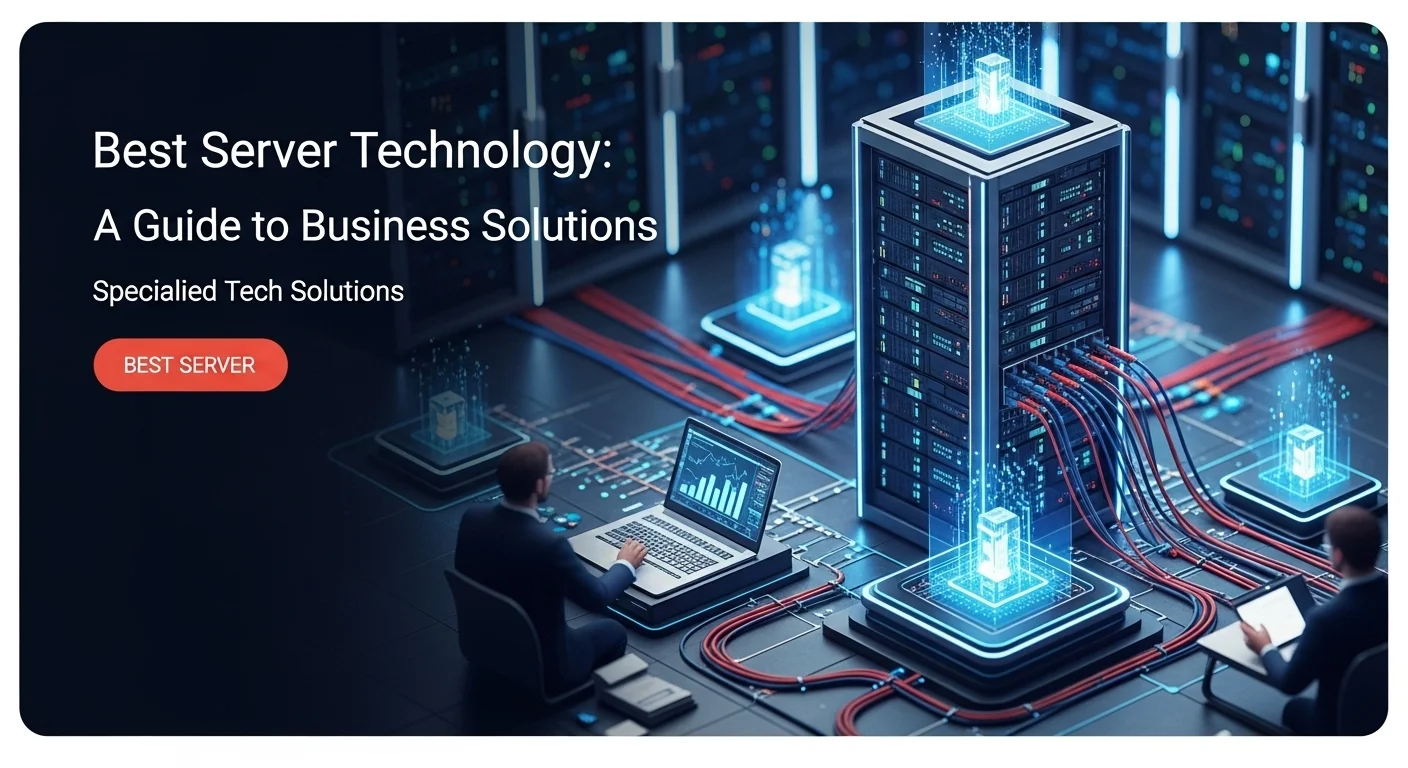
Executive Summary
In my years as an IT strategist, I've seen countless businesses treat their server like an afterthought—until it fails. The truth is, your server is the heart of your entire operation. It’s not just a box in a closet or a line item on a cloud bill; it’s what keeps your website running, your data safe, and your team productive. Choosing the 'best' server isn't about finding the most powerful machine on the market. It’s about making a smart, strategic decision that aligns with your specific budget, security needs, and growth plans. This guide is my attempt to cut through the jargon and share what I've learned firsthand. We'll walk through the essential choices: keeping your server in-house (on-premise), leveraging the power of the cloud, or finding a balance with a hybrid approach. We’ll look at what really matters in terms of performance and security, and I'll give you my take on everything from personal cloud servers for your home office to the powerhouse solutions big corporations rely on. My goal is to give you the confidence to choose the right technology, ensuring your business is built on a solid, secure, and future-ready foundation.
Table of Contents
On this page:
So, What Exactly is a Server and Why Should You Care?
Let's simplify things. At its heart, a server is just a powerful computer built for one purpose: to serve data and applications to other computers (we call them 'clients') over a network. Think of it as the central kitchen in a bustling restaurant. It’s working tirelessly behind the scenes, preparing and sending out every order (your data, website, or application) to the customers (your users or employees). The concept of the 'best server' isn't about one single model, but finding the right 'kitchen' for your specific 'restaurant.' Making the right choice is fundamental because it directly impacts your business's speed, security, and ability to grow. I've seen businesses flourish with the right setup, experiencing seamless operations and happy customers. I've also seen the other side: companies hobbled by slow performance, security breaches, and constant downtime because they outgrew their server or chose the wrong type. The journey to finding your ideal server starts with understanding the three main flavors they come in: on-premise, cloud, and hybrid.
An on-premise server is one you physically own and operate at your location. You have total control, which is great for security and specific compliance needs. But it’s like owning the restaurant building itself—you’re responsible for the upfront cost, maintenance, electricity, and having an IT team on hand. Then there's the cloud server, which has been a game-changer. Here, you're essentially renting space in a massive, world-class kitchen run by a provider like Amazon Web Services (AWS), Microsoft Azure, or Google Cloud. You access your server remotely, pay for what you use, and can scale up or down almost instantly. When people search for the best 'cloud based server,' they're looking for this flexibility and cost-efficiency. A huge part of this strategy is protecting your data. That's where a solid 'server cloud backup' plan comes in. It’s your insurance policy, ensuring your data is safely copied elsewhere, protecting you from hardware failure, cyberattacks, or simple human error. Services from companies like Acronis or BackupChain have become essential for business continuity. For individuals or small businesses, a 'personal cloud server,' often a Network Attached Storage (NAS) device, offers a private and secure way to manage files without monthly fees. Finally, the hybrid cloud approach offers the best of both worlds. It combines on-premise servers for sensitive data with the flexibility of the public cloud. For major enterprises, a powerhouse like the IBM Z mainframe excels in this space. It’s known for incredible security and processing power, acting as a trusted hub for industries like banking that need top-tier performance in a hybrid environment. Understanding these options is your first, most crucial step.
A Deeper Dive into Server Technology's Role
The server's job goes way beyond just storing files. It's the engine that runs your company's critical software—from your website and e-commerce store to internal tools like your CRM system. The performance of these tools is directly tied to your server's muscle. A server without enough processing power (CPU) or working memory (RAM) is like a chef with a tiny stove and not enough counter space; everything slows down, frustrating both your team and your customers. This is why you need to pay attention to the specs. Key things to look at are the CPU's cores and speed, the amount of RAM, and the storage type (fast SSDs vs. spacious HDDs). The right mix depends entirely on the job. A database server, for instance, craves more RAM and fast storage, while a server running complex calculations needs a beast of a CPU.
The rise of artificial intelligence has pushed servers even harder. Training AI models demands massive computational power, often requiring specialized graphics cards (GPUs). This is where the cloud really shines. The best cloud hosting providers let you rent access to these powerful GPU-equipped servers, making AI development accessible even to smaller companies. But a great cloud server isn't just about raw power; it's the whole ecosystem. Cloud providers offer tools for management, security, and analytics that make your life easier. Security, of course, is paramount. A server is a huge target. In a cloud setup, security is a partnership: the provider secures the infrastructure, and you secure your data within it. Simple best practices like strong access controls and data encryption are non-negotiable. This is also where top-tier cloud backup solutions prove their worth, often including advanced encryption to protect your data from prying eyes. For large companies with the most sensitive data, the security-first design of a solution like the IBM Z series is a major draw. It offers pervasive encryption, essentially locking down all data related to an application or service automatically. This allows businesses to use the cloud without exposing their crown jewels. And for an individual, a personal cloud server offers something increasingly rare: complete ownership and privacy over your digital life.

The Complete Guide to Business Server Solutions
Choosing the right server can feel overwhelming, so let's break it down into a practical guide. The first decision point is your hosting model: on-premise, cloud, or a hybrid of the two. As we've touched on, an on-premise server gives you ultimate control but comes with significant upfront and ongoing costs. It's a path I see less and less, reserved for companies with very specific regulatory or security demands. For most, the cloud is the way to go. When you look for the 'best cloud server hosting,' you're typically looking at IaaS (Infrastructure as a Service). This means you rent the fundamental building blocks—virtual servers, storage, networking—from a provider and pay as you go. This is the foundation of what most of us think of as a modern 'cloud based server.' When I help clients compare providers like AWS, Azure, and Google Cloud, we look at their pricing, the global reach of their data centers, and the specific services they offer that could benefit the business.
Now for the technical bits, explained simply. CPU (Central Processing Unit) is the server's brain. More cores mean it can multitask better, which is key for handling many users at once. Higher clock speed (GHz) means it completes single tasks faster. It's about finding the right balance for your workload. RAM (Random Access Memory) is the server's workspace. More RAM lets it juggle more active data without slowing down. A simple blog might be fine with 2-4 GB of RAM, but a busy online store could need 64 GB or more to keep things snappy. Storage is where your data lives permanently. Solid-State Drives (SSDs) are the standard now because they are incredibly fast and reliable. You'll want your operating system and applications on an SSD. Slower, cheaper Hard Disk Drives (HDDs) are still great for bulk storage and backups. Speaking of which, a reliable disaster recovery plan is non-negotiable, and it all hinges on having the 'best server cloud backup' strategy. The classic advice I always give is the 3-2-1 rule: keep at least three copies of your data, on two different types of media, with one copy stored off-site. Cloud backup services automate this brilliantly. When choosing one, look for features like easy restoration, strong encryption, and efficient backups that don't clog your network. For enterprises, a hybrid model combining on-premise security with cloud agility is often the sweet spot. A solution like the IBM Z is built for this. It can handle massive transaction volumes on-site while integrating smoothly with cloud services for less critical tasks. It’s like having a high-security vault for your core operations connected by a super-highway to the flexible resources of the cloud. For the individual user, the 'best personal cloud server' is usually a NAS device. It’s a fantastic way to create your own private cloud, giving you full control over your files and media.
Comparing Server Providers: My Take
When it comes to choosing the 'best cloud server hosting' provider, the 'big three'—AWS, Azure, and Google Cloud—are market leaders for a reason, but they have distinct personalities. I often describe AWS as the massive, all-you-can-eat buffet; it has everything you could possibly want, but the sheer number of choices can be overwhelming. Azure is the natural home for any business heavily invested in the Microsoft ecosystem, offering seamless integration with tools like Office 365. Google Cloud often gets my recommendation for projects that need top-notch networking and data analytics capabilities. Beyond these giants, providers like DigitalOcean and Vultr offer simpler, more straightforward virtual servers that are perfect for developers and startups. My advice is always to test the waters. Use the free tiers to run small pilot projects before you commit. The idea of the 'best cloud based server' is also changing with serverless computing. Here, you don't even think about servers. You just provide the code, and the cloud platform runs it for you, charging you only for the split-seconds it's active. It's incredibly cost-effective for certain types of applications.
For enterprise-level needs, comparing a standard server to something like the IBM Z is like comparing a sports car to a freight train. They are engineered for different worlds. While you can run a website on a fleet of regular servers, a single IBM Z system can replace hundreds of them for core banking or airline reservation systems, offering a lower total cost of ownership through consolidation and energy savings. Its design is all about processing a massive volume of transactions with bulletproof reliability. For your 'server cloud backup' choice, the details matter. How much processing power does the backup software use? Can you restore a single file easily, or do you have to restore the whole server? And crucially, does it protect you from ransomware with unchangeable backups? A great business solution will integrate this into a single dashboard where you can see the health of your whole system. Finally, for the 'best personal cloud server,' the main choice is between a ready-to-go NAS box from a brand like Synology or building your own. The NAS is easier but less flexible. Building your own is a rewarding project if you're technically inclined and want more power for your money. The key takeaway is this: the 'best server' is the one that's right for *you*. Start by assessing your needs, then compare your options honestly.
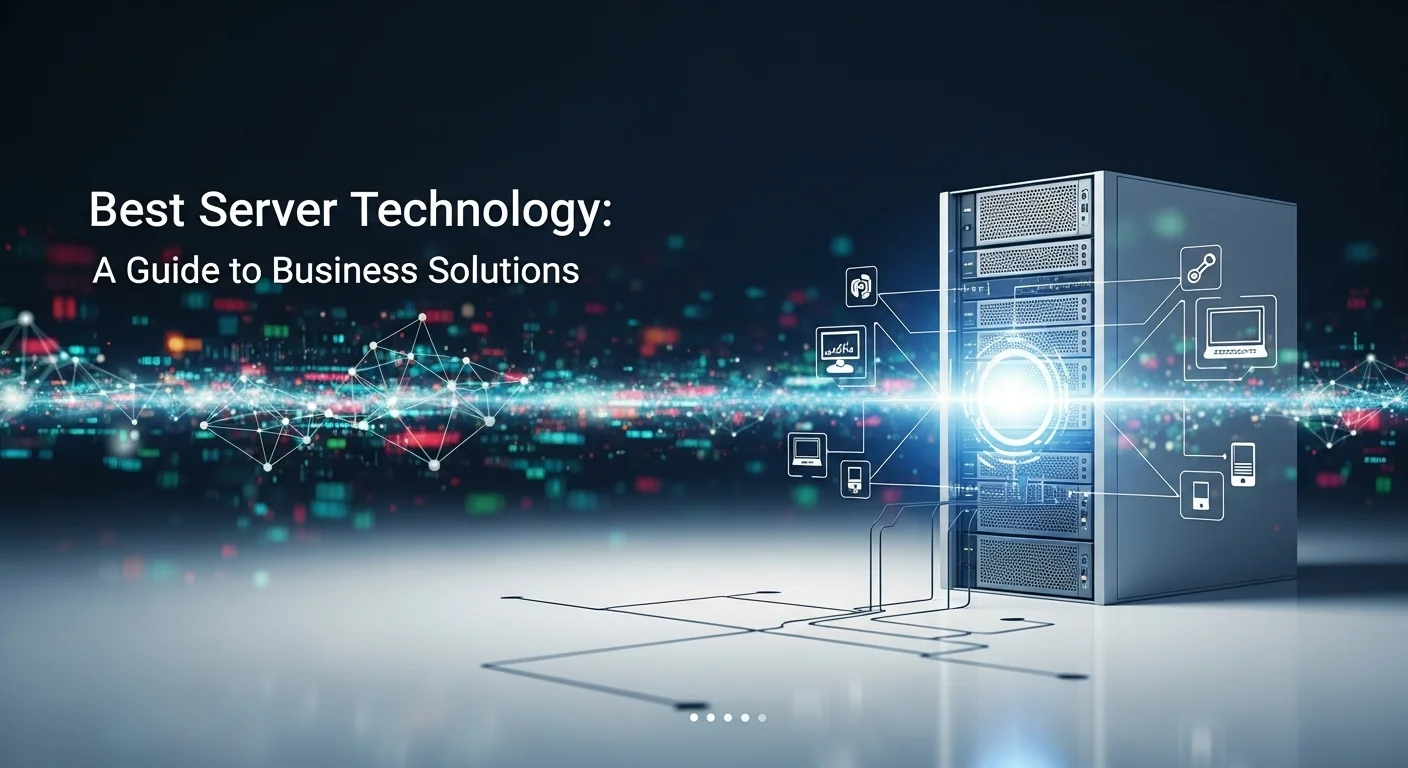
Practical Tips to Get the Most from Your Server
Getting your server up and running is just the beginning. The real work is in the ongoing care and feeding to make sure it remains a healthy, secure, and high-performing asset. Here are some strategies I've honed over the years. First and foremost: proactive monitoring. You can't fix what you can't see. Set up monitoring tools—there are great options like Datadog or Zabbix—to watch key metrics like CPU load, memory usage, and disk space. This gives you a baseline for what's 'normal' and helps you spot trouble before it becomes a full-blown outage. An alert about rising memory usage could be your only clue about a problem brewing in your application, letting you fix it before your customers ever notice.
Next is security hardening. Never assume a server is secure out of the box. I always follow a simple checklist: enforce the principle of least privilege (give users only the access they absolutely need), patch your operating system and software religiously, configure a strict firewall, and disable any services you aren't using to shrink your attack surface. For cloud environments, use the tools your provider gives you, like Identity and Access Management (IAM) policies and multi-factor authentication (MFA). These are your digital locks and deadbolts. Part of this security posture is your 'server cloud backup' plan. I can't stress this enough: test your backups! I have a horror story for every client who assumed their backups were working, only to find them useless during a real crisis. Schedule regular test restores to ensure your data is recoverable and your process works. This applies to everyone, whether you're protecting corporate data or the family photos on your 'personal cloud server'.
Performance optimization is a continuous process. As your traffic grows, you may need to tweak things. For a website, this could mean setting up caching so popular content is served instantly. For a database, it might involve optimizing slow queries. When you're using a 'cloud based server,' this is also about cost optimization. Regularly check if your server is the right size for its job. If it's loafing along, move to a smaller, cheaper instance. If it's struggling, scale it up. Auto-scaling is a fantastic feature that does this for you automatically. For enterprises using high-end gear like the IBM Z, optimization means using its unique features, like its on-chip AI accelerator for real-time fraud detection right alongside your transactions. Thinking ahead, keep an eye on emerging trends like edge computing, which processes data closer to the source. The 'best server' of the future will likely be a smart combination of centralized cloud power and decentralized edge intelligence.
Advanced Strategies for a Future-Proof Setup
To take your server management to the next level, consider adopting an Infrastructure as Code (IaC) approach. Using tools like Terraform or Ansible, you define your entire infrastructure in code files. This is a game-changer. It makes your infrastructure perfectly reproducible, eliminates manual errors, and lets you track changes just like you would with software code. I've helped teams automate the deployment of entire, complex environments in minutes with this method. It's a core tenet of modern DevOps and essential for any scalable 'cloud based server' environment. Another powerful strategy is containerization with Docker and Kubernetes. Instead of installing an app on a server, you package it in a self-contained 'container.' These containers can run on any machine, from an on-premise server to your 'personal cloud server.' Kubernetes then acts as the conductor, managing these containers at scale. This makes your applications more resilient and easier to deploy. The fact that a platform like the IBM Z fully supports this with Red Hat OpenShift shows how foundational this approach has become, bridging the gap between legacy iron and modern, cloud-native apps.
For your 'server cloud backup' strategy, think bigger. You need application-aware backups that understand how to safely back up a running database or mail server to ensure a consistent, usable restore. Even better, look into Disaster Recovery as a Service (DRaaS). This service replicates your entire infrastructure to a cloud data center. If your main site goes down, you can 'failover' and be back online in minutes or hours, not days. This is the gold standard for business continuity. Finally, the most advanced strategy has nothing to do with technology: it's about fostering a culture of security awareness. Your team is your first line of defense. Regular training on spotting phishing emails and using strong passwords can prevent a breach that no amount of server hardening can stop. By embracing these advanced strategies—IaC, containers, robust DR, and a security-first culture—you're not just maintaining a server. You're building an infrastructure that is efficient, secure, and ready for whatever comes next.
Expert Reviews & Testimonials
Sarah Johnson, Business Owner ⭐⭐⭐⭐
As a small business owner, the explanation of cloud vs. on-premise was incredibly clear. It helped me realize we were paying for more server than we needed. Very practical advice.
Mike Chen, IT Consultant ⭐⭐⭐⭐⭐
This is a fantastic, real-world overview. I particularly appreciated the section on Infrastructure as Code. It's a topic I'm pushing with my clients, and this article explains its value perfectly. Will be sharing this.
Emma Davis, Tech Student ⭐⭐⭐⭐⭐
Excellent article! The analogies, like comparing RAM to countertop space, finally made these concepts click for me. It's comprehensive without being overly technical. Thank you!

